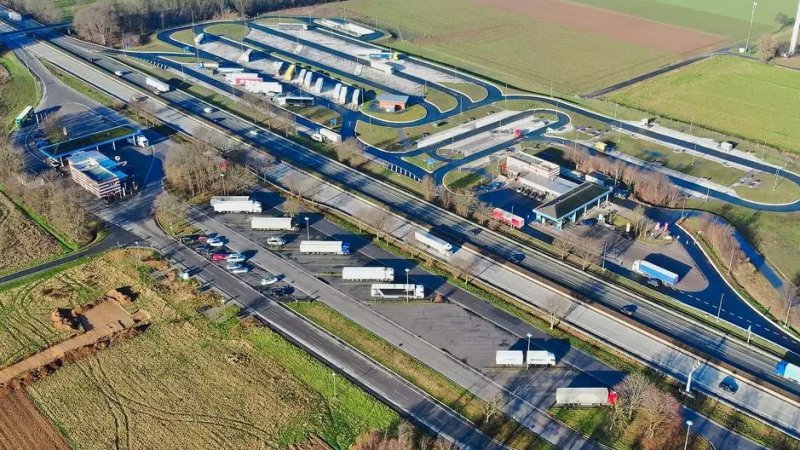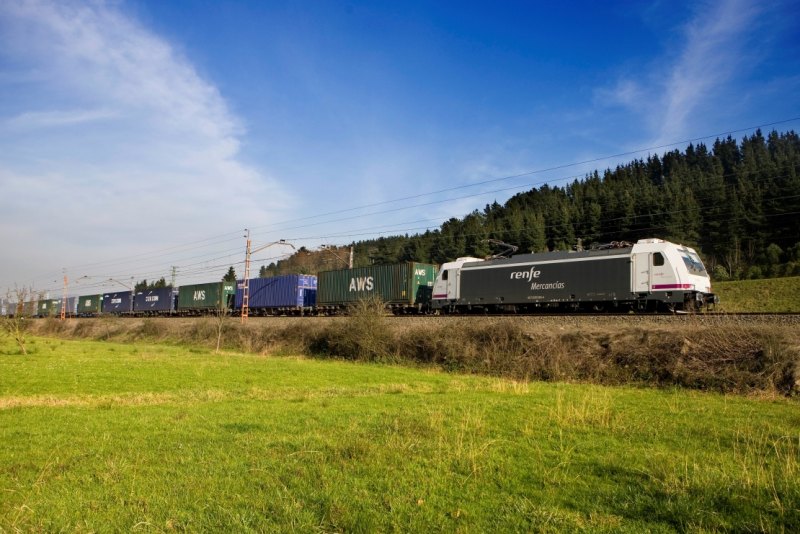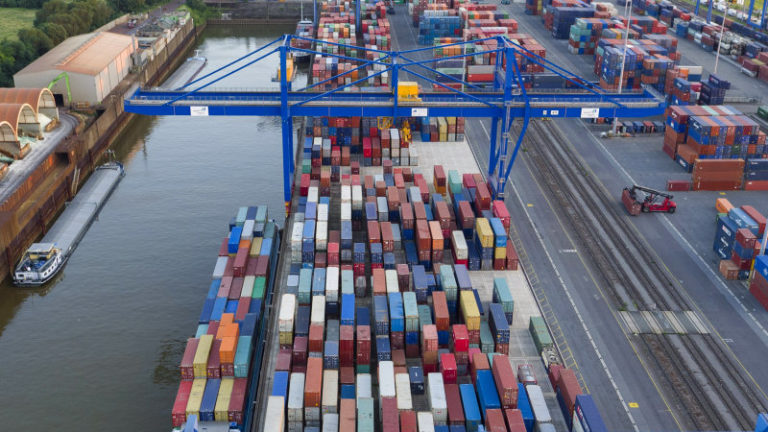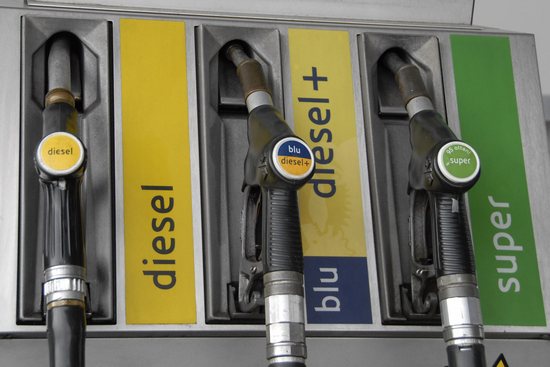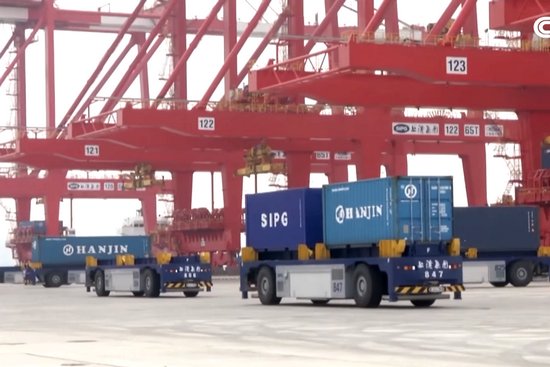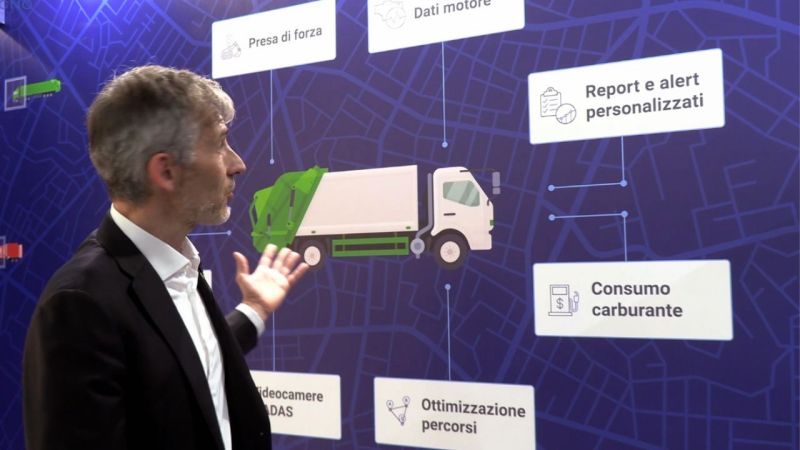In 2023, inland navigation in Germany faced a challenging year, marked by a decline in transported freight volumes and a significant reduction in handling at major ports. This is illustrated in the annual report from the Bundesverband der Deutschen Binnenschifffahrt (Bdb), which represents the sector's operators. Despite the country's extensive network of waterways, spanning over 7,400 kilometres, the sector experienced an overall contraction in traffic flows and freight volumes, underscoring the challenges in an unstable economic context.
In 2023, the volume of goods transported on Germany's inland waterway network amounted to 171.7 million tonnes, a decrease of 5.9% compared to 2022. This decline affected all the main categories of traffic flow. Domestic freight transport within Germany totalled 42.5 million tonnes, down 4.8% from the previous year. Exports via waterways dropped by 4%, to a total of 42 million tonnes, while imports saw a sharper decline of 9%, totalling 77.3 million tonnes. In contrast to other flows, transit traffic increased by 8.5%, reaching millions of tonnes. Transport performance, measured in billion tonne-kilometres, was 41.5 billion tkm, reflecting a 5.9% decrease compared to 2022.
The decline in freight transport affected almost all major categories. Notably, the category comprising coal, oil, and energy experienced a drastic reduction of 27.9%, dropping from 25.7 million tonnes in 2022 to 18.5 million in 2023. The volume of agricultural products decreased by 5.3%, reaching 12.7 million tonnes. The category of minerals, stones, and quarry products, which is the most significant, saw a slight reduction of 1.1%, with 46.4 million tonnes transported in 2023. Food product transport also declined, with a 3.7% drop to 6.9 million tonnes.
The category of wood, paper, and cardboard products experienced the most significant decline, with a reduction of 32.0%, falling to 1.7 million tonnes. Chemical product transport saw a decrease of 3.3%, reaching 17.4 million tonnes, while metal transport volumes fell by 4.9%, to 8.7 million tonnes. In contrast to other categories, waste and recycling materials recorded a growth of 9.1%, reaching 10.0 million tonnes.
Container transport is an important component of inland navigation in Germany. In 2023, it handled 2.5 million TEU, a slight decline from 2.6 million TEU in 2022. Containers were mainly transported along major waterways such as the Rhine and the Mittellandkanal, as well as on other strategic canals. Statistics show that most containers were carried by dedicated container vessels, while a significant portion was also moved by barges integrated into combined transport systems. The main container handling areas included Duisburg, Hamburg, and Cologne, where major intermodal transport terminals are located.
In 2023, container volumes were impacted by the global economic contraction, which influenced the demand for transporting manufactured goods and other products typically shipped in containers. However, challenges related to infrastructure and handling capacity at inland ports represent a significant obstacle to the growth of this segment. According to the report, further investment in the modernisation of port terminals and technologies to facilitate intermodal transport will be necessary to promote a recovery in container transport, thereby improving the competitiveness of inland navigation compared to other modes of transport.
Turning to all categories of goods, Germany's main inland ports also experienced a reduction in volumes handled in 2023. Duisburg, the busiest port, handled 41.5 million tonnes, with a slight decrease of 0.9% compared to 2022. Hamburg handled 7.6 million tonnes, suffering a reduction of 8.3%, while Cologne saw a 6.0% decline, with a total of 7.7 million tonnes. Mannheim recorded one of the most significant decreases, with a drop of 16.8%, bringing the volume handled to 6.3 million tonnes, while Karlsruhe handled 6.4 million tonnes, down 5.5% from 2022. An interesting figure is represented by the port of Frankfurt am Main, one of the few to show an increase, with a growth of 4.6%, reaching 5 million tonnes.
Inland navigation remains a key component of Germany's logistics system, but the 2023 data highlights significant challenges for the sector. The reduction in freight volumes and handling at inland ports reflects broader economic difficulties and uncertainties in the global market. Furthermore, the decline in fossil fuel and agricultural product transport underscores the need for further diversification of cargo types and investment in greater sustainability. The resilience shown by recycling materials could indicate a future direction for inland navigation, amid growing attention to the circular economy and environmental sustainability.




